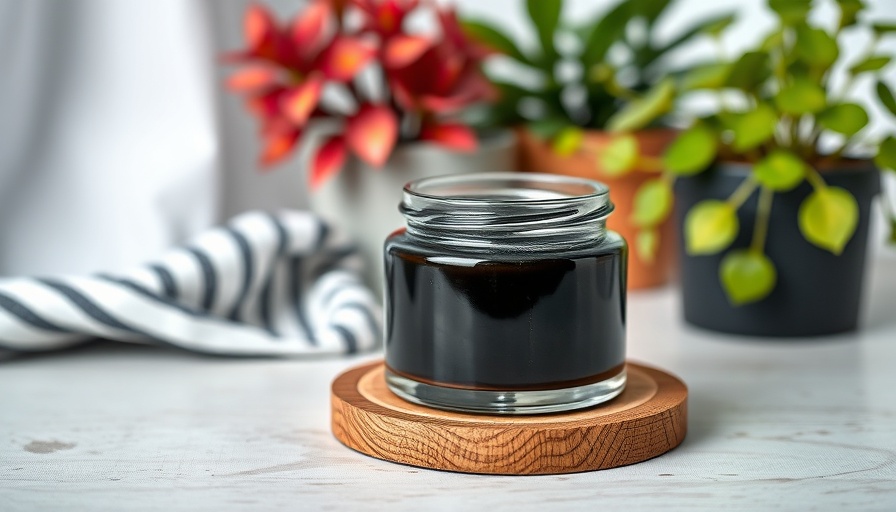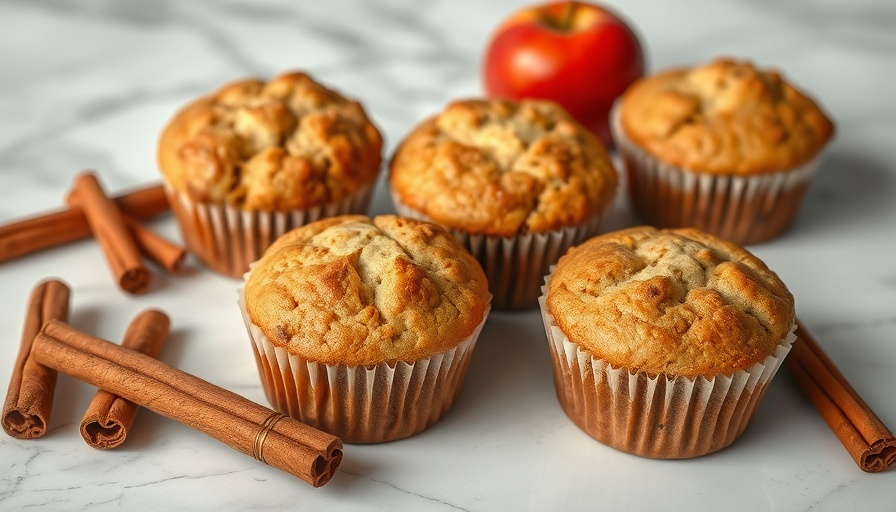
Unveiling the Secrets of Black Drawing Salve
In our pursuit of health and wellness, we often overlook simple yet effective DIY remedies. The ancient art of making black drawing salve, a remarkable blend of natural ingredients, has garnered attention recently—not just among DIY enthusiasts but also among health-conscious individuals seeking alternatives to chemical-laden products. For those unfamiliar, this unique potion, rooted in traditional practices, aids in healing cuts, drawing out splinters, and alleviating discomfort from insect bites.
A Recipe with Heart: How Black Drawing Salve Came to Be
The genesis of my black drawing salve journey began during a visit to an Amish community. Amidst a backdrop of bustling farmers and wholesome produce, I witnessed a farmer's son applying a unique dark concoction to his arm to ease the pain of a splinter. Intrigued, I learned the salve’s folklore: it was a natural remedy meant to draw out foreign objects trapped in the skin, while also preventing infections.
This experience sparked my interest and subsequent experimentation with crafting my own black drawing salve. After several trials and numerous tweaks to the classic recipe, I discovered a blend that not only pulls splinters from the skin but also works wonders on minor wounds and bug bites.
The Magic Ingredients of Black Drawing Salve
The effectiveness of black drawing salve lies in its thoughtfully-selected ingredients. At its core, this salve typically includes:
- Activated Charcoal: Known for its toxin-absorbing properties, activated charcoal works diligently to draw out impurities from the skin.
- Bentonite Clay: This naturally-occurring clay binds to toxins, aiding in gentle detoxification.
- Herbal Infusions: Ingredients like plantain and calendula are beloved for their antiseptic properties, promoting healing while simultaneously soothing irritation.
Incorporating shea butter and beeswax adds thickness and moisturizing qualities, creating the perfect salve that soothes as it heals.
Crafting Your Herbal First Aid Essential
Creating your own black drawing salve may seem daunting, but the process is as rewarding as it is simple. Below is a guide to whip up your batch:
- Prepare Your Infused Oil: Blend dried herbs such as comfrey, calendula, and plantain with olive oil in a jar, allowing it to steep for several weeks. Strain the mixture into a clean jar before use.
- Combine the Ingredients: In a double boiler, melt 3 tablespoons of the herbal-infused oil with equal parts shea butter and coconut oil, along with beeswax pellets. Stir until fully melted.
- Add the Drawers: Mix in activated charcoal and kaolin clay, ensuring the ingredients are thoroughly integrated.
- Cool and Store: Pour the warm mixture into small tins or jars and let it cool completely before sealing.
Why Every Household Needs Black Drawing Salve
This versatile salve transcends being just another item in your medicine cabinet. It’s a holistic approach to wound care that can be especially beneficial for active families and individuals working with their hands. From soothing insect bites to drawing out deeply embedded slivers, its potential uses can replace numerous over-the-counter options.
Potential Misconceptions and Cautions
Despite its myriad benefits, misconceptions about black drawing salve persist. It's essential to note that while this salve is effective for many minor ailments, it is not a substitute for professional medical treatment. If you experience severe reactions or injuries, consulting with healthcare professionals remains paramount.
Your Health Journey Awaits: Make Your Black Drawing Salve Today
If you’re ready to embrace natural remedies and add an effective tool to your health toolkit, consider making black drawing salve. By taking the time to craft this salve, you not only invest in your wellness but also indulge in a holistic approach anchored in tradition and simplicity. If you’ve made your own salve, share your experiences below!
 Add Row
Add Row  Add
Add 




 Add Row
Add Row  Add
Add 

Write A Comment